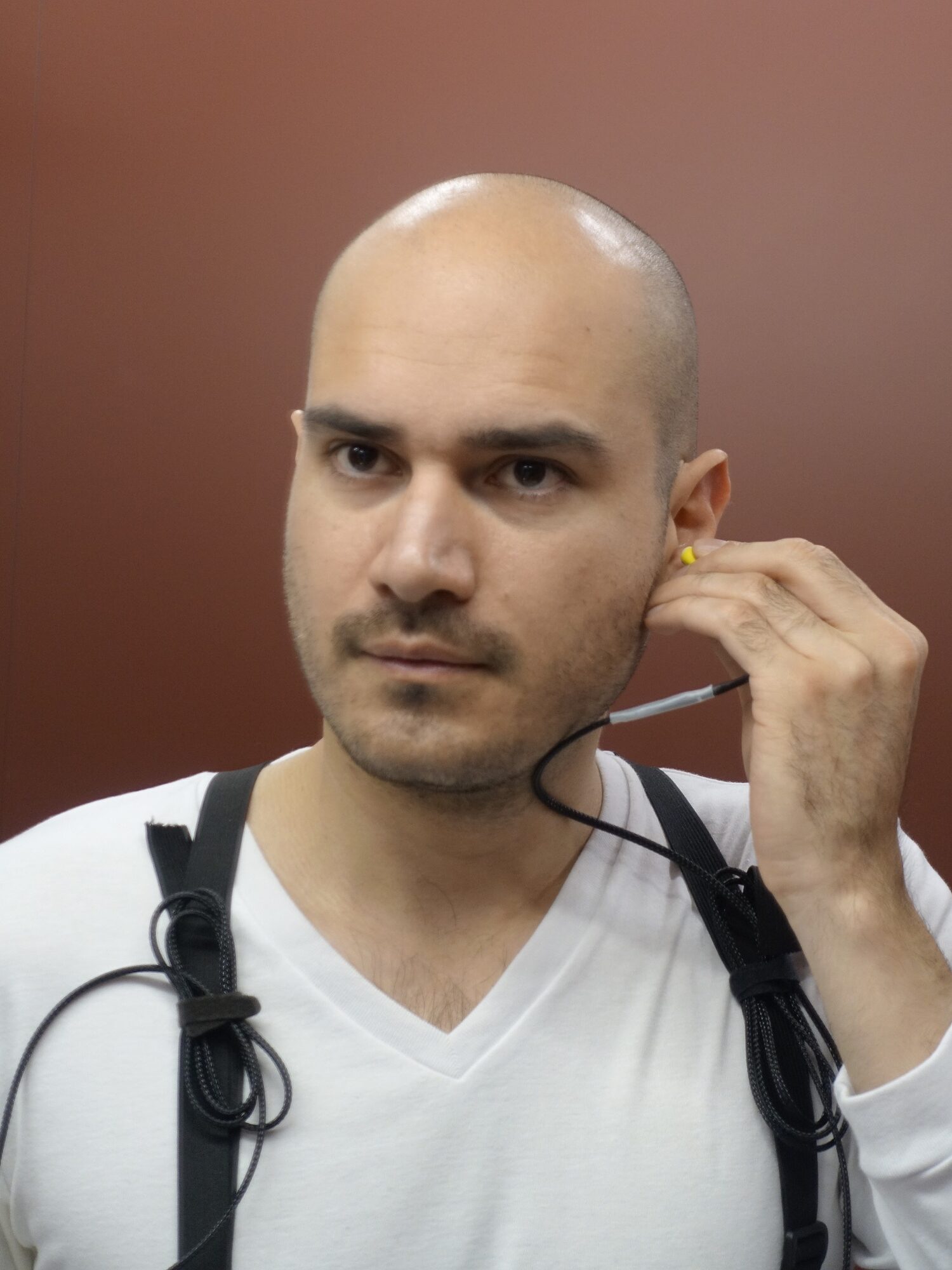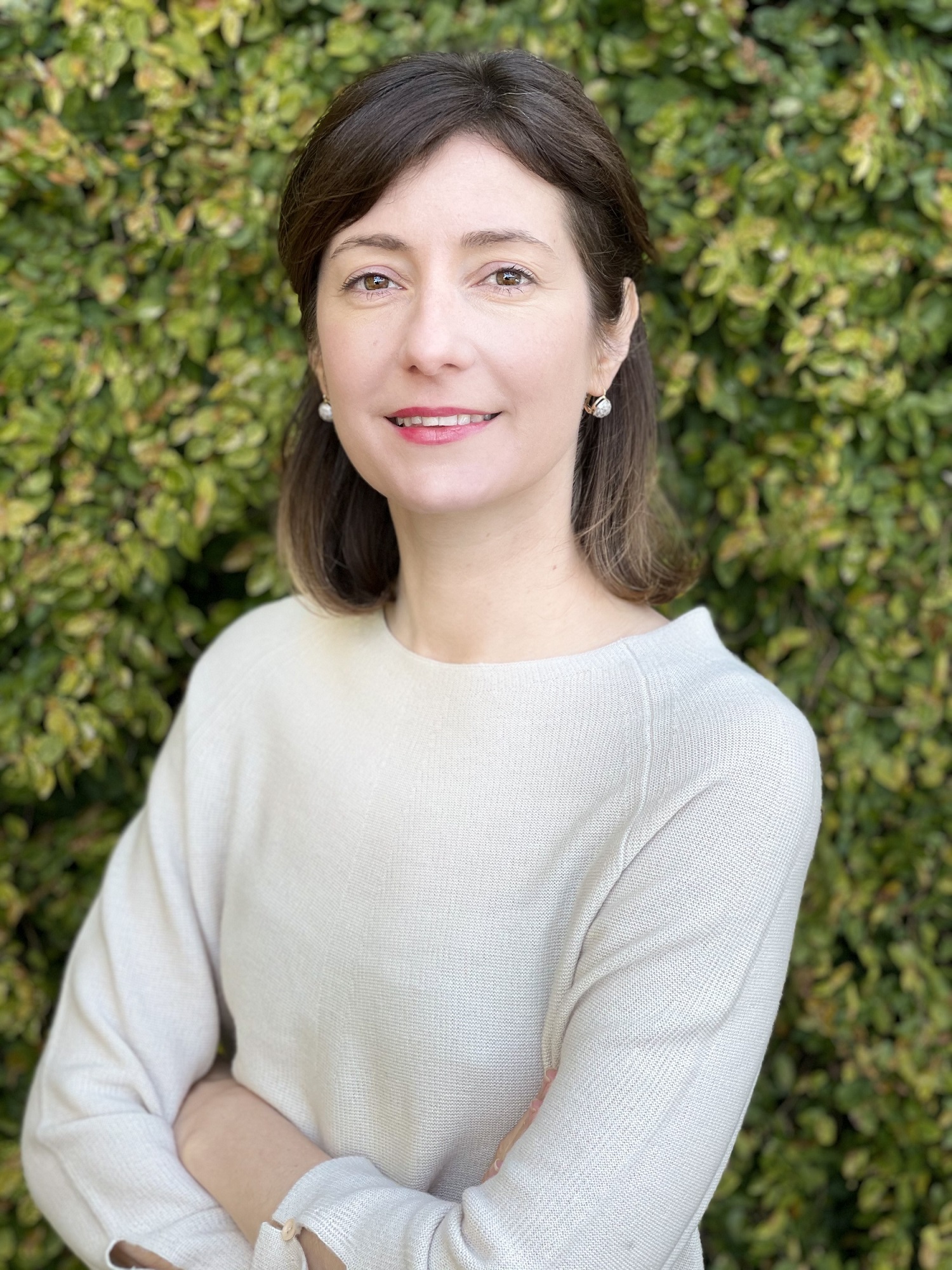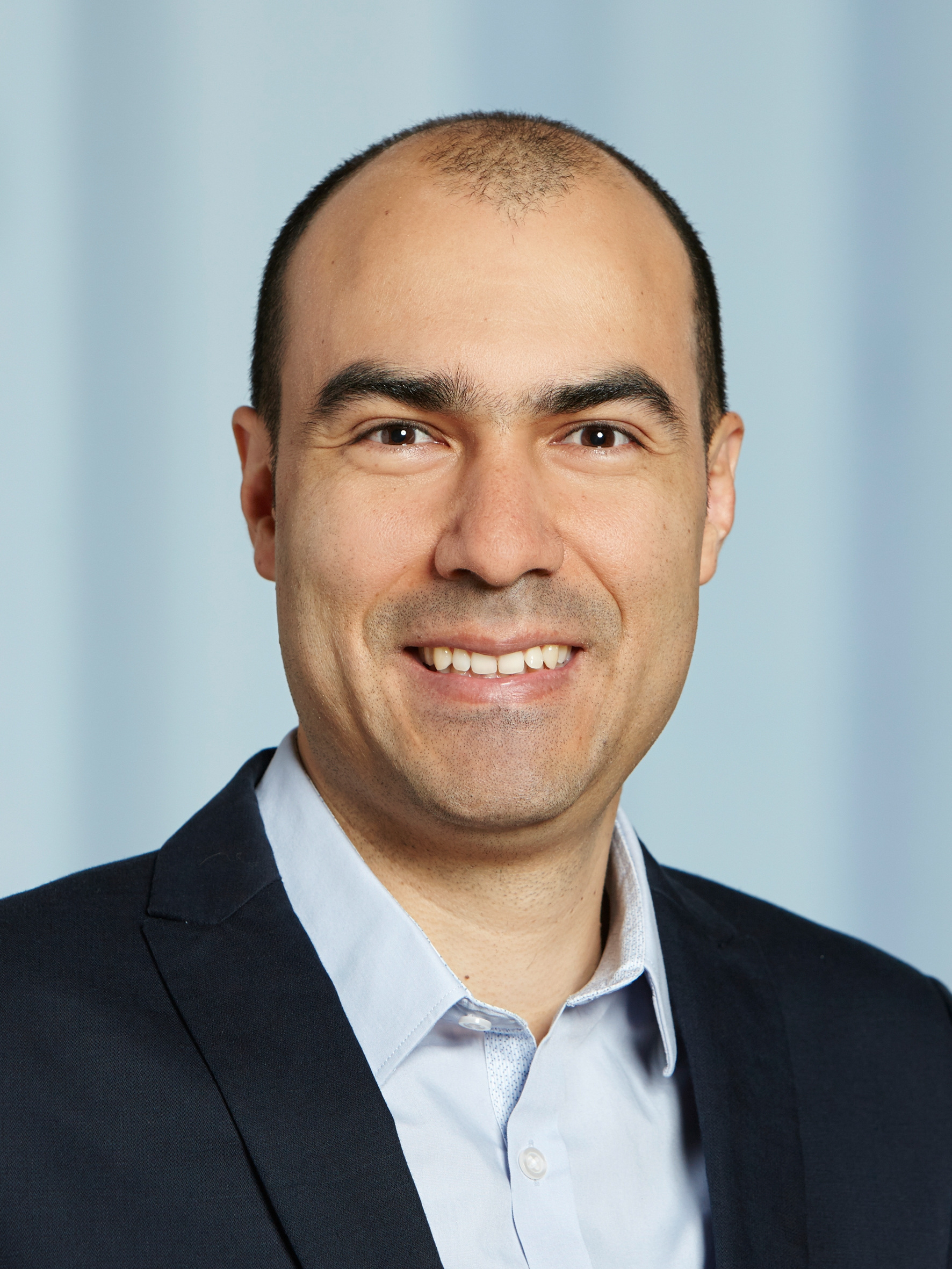by Caroline Lustenberger, Neural Control of Movement Lab & Rafael Polania, Decision Neuroscience Lab, 27 January 2022
How can we detect Alzheimer’s disease before the first symptoms arise, while assuring access to diagnosis to anyone, anywhere?
Father: Wednesday 9th of May 1945. Laura, why do you keep asking me this question?
Daughter: Dad, it’s Anne, not Laura!
Father: What is this nonsense? You are not Anne… where is my daughter?






We have successfully started the project, but more funding is required. Thanks to generous seed funding from the Alzheimer’s Drug Discovery Foundation (ADDF), we are currently at the beginning of data collection in Colombia from individuals with the genetic mutations, their family members who do not have the mutations, and from participants from Switzerland at different age-ranges to establish control groups for cultural and socio-economic status. This is hopefully just the start of an immense initiative that could revolutionise how we diagnose Alzheimer’s disease. Life expectancy drastically increased in the last few decades, and with that, the need to maintain a healthy and independent life well into advanced old age. Dementia-related disorders such as Alzheimer’s will affect many of us as we grow older. The time to enable early diagnoses and interventions is now, and with that hopefully delay and prevent the onset of Alzheimer’s across the globe.
About the authors



